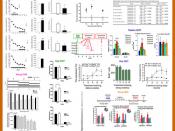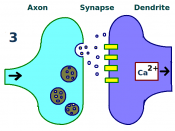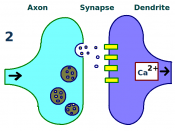Most knowledge of the brain linking memory and emotion gathered through study of classical fear conditioning. In this experiment a subject hears a noise or sees a flashing light that is paired with a brief electric shock to its feet. After a few more repeated experiences the subject will usually react even with the absence of the shock. Conditioning of this kind happens quickly in rats but it takes place as rapidly as it does in humans. Once established the fearful reaction is relatively permanent. Fear conditioning has proved to be an ideal starting point for studies of emotional memory for many reasons. For one it occurs in nearly every animal group in which it has been examined. The kinds of stimuli most commonly used in this type of conditioning are not signals that rats or humans encounter in their daily lives. By experiencing fear from something over and over your body begins to believe that if that experience returns your fear will automatically return.
Unless the experience is repeated with no fear then your body and mind begin to control the fear response rather than the elimination of the emotional memory.
When a test was done on a rabbit to ensure that the amygdala was an important part of emotional behavior the amygdala?s central nucleus interfered with the rabbits conditioned heart rate response. This was suggesting that the central nucleus was a crucial part of the system. The findings from various laboratories studying different species and measuring fear in different ways all implicated the central nucleus as a pivotal component of fear conditioning circuitry. The emotional significance of such a stimulus is determined not only by the sound itself but by the environment in which it occurs.
Glutamate has been observed in a process called long-term potentiation, or...


